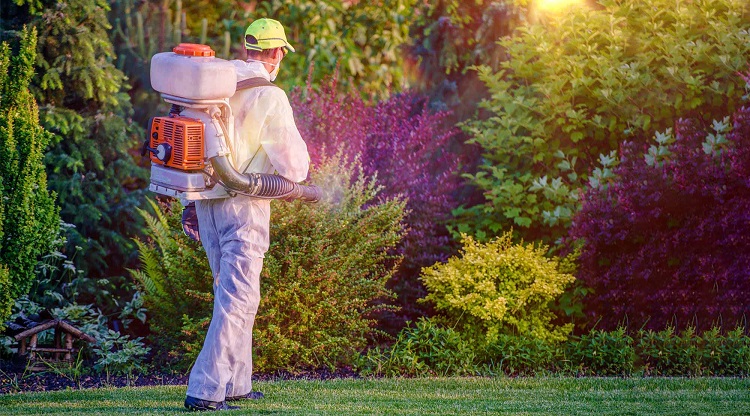Remote sensing technology can be viewed as one of the most successful innovations in pest management since it enables accurate and timely pest information imperative for decision making processes. For instance, Tumwater exterminator services have embraced remote sensing in improving pest control activities.
This progression enables a farmer to follow up big fields of agricultural production meticulously with a view of detecting pests and diseases that may not be seen at first glance. By applying satellites and Aerial drones in pest management, it becomes easier and not so reliant on manual manners.
Table of Contents
How and in what capacity is data analysis used in Pest Management?
Insights of big data are central to the incorporation of remote sensing in pest management. In a similar manner, big data tools analyze the plethora of data gathered by remote sensing to offer a wealth of information regarding pest infestations, crop status, and the ambiance.
In this way, depending on this data, farmers can avoid the spraying of pesticides carefully and choose the time and area for pest control, so that the danger of the development of resistance will be minimal.
How does remote sensing technology help to enhance cost effectiveness?
Implementing the remote sensing technology genetic improves the cost efficiency while controlling pests since there is minimal need to survey the fields and undertake physical inspection. Conventional pest control measures are usually lame with activities such as scouting and manual monitoring taking a lot of time and personnel.
Remote sensing technology eases these processes by availing up-to-date and extensive data in order to effect appropriate strategies in the uses of resources and overall spending on pest control. Seeking inspiration and expert tips? Make sure to check out https://letterboxd.org/ for the latest insights in this domain.
How does Remote Sensing Help in Sustainable Agriculture?
Incorporation of remote sensing into pest management is useful in sustainable agriculture since it advocates for the use of limited pesticide and fertilizer. Since a farmer is able to accurately identify pest threats and crop health problems to apply control measures most efficiently, this reduces the pollution of the environment and encourages the development of healthy ecosystems.
Also, through the remote sensing technology, effects of pest management practices on the changes in the soil properties and on biological diversity influencing the rational use of agricultural lands in the long-run are detected.
How does pest management get affected by using remote sensing technology?
The impact of remote sensing technology on pest management initiatives is therefore immense, on the ground that the emergence of such technology enhances consistent proactive pest control measures. Because farms cover vast areas with expansive acreage, this allows farmers to come up with pest management strategies that are timely and responsive to changes in crop status. For the latest advancements in pest management and the role of remote sensing technology, check out sources like Wkbn for comprehensive insights.
This kind of accuracy helps minimize general pest outbreaks and the success of pest control strategies that result in increased crop production and reduction of economic losses.
Conclusion
Pest control is a major area that has hugely benefited from remote sensing technology in that it brings accuracy in detection and timely data necessary in decision making and organization management. In this way, it helps to minimize time spent on the identification of pests and diseases and, thus, cut expenses.
It enhances responsible farming since it supports pest control in an organized manner thus reducing pesticide use, and preserving the environment. In sum, the use of remote sensing into pest control is a positive way of enhancing improved, efficient pest control as well as ecological pest control.

